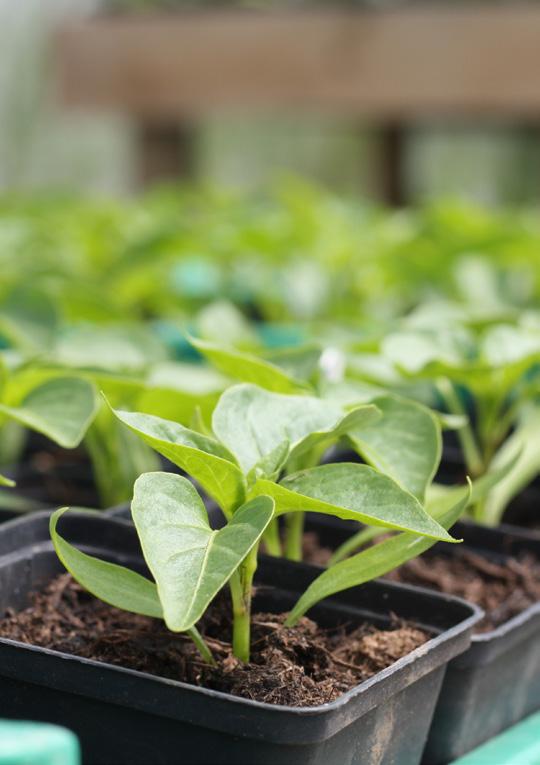Devouring the land
‘ Roughly 20% of soy exports and at least 17% of beef exports from [the Brazilian Amazon and Cerrado] biomes to the EU may be contaminated with illegal deforestation.’ 13 Raoni Rajão et al, Science, July 2020
‘ Led by President Jair Bolsonaro, who came into power in January 2019, the new administration has encouraged the clear-cutting of forests on private properties and public lands – in defiance of Brazil’s Forest Code law and the soy moratorium agreement, which bans the clearing of forests for soy production. The government has also dismantled a series of environmental protections meant to stop illegal deforestation in conservation units and Indigenous Peoples’ lands, staunch protectors of the country’s forests.’ 14 niversidade Federal de Minas U Gerais (UFMG), July 2020
‘ Soya used in animal feed represents 99% of our total soya footprint.’ esco, correspondence with T Greenpeace UK, 24 September 2019
Taking into account land used for feed production and grazing, livestock production already uses 77% of agricultural land worldwide, despite providing the global population with only 17% of its dietary energy is still Slaughtering the Amazon
and 33% of its dietary protein.15 Yet the industry’s demand for land appears to be insatiable. The two leading drivers of deforestation globally – ahead of the mining and timber/pulp industries and notoriously destructive commodities such as palm oil, rubber and cocoa – are beef and soya.16 The deforestation impact of the beef industry is felt most severely in South America.17 As mentioned earlier in this report, the sector is one of How
the major contributors to deforestation in the wider
58
Amazon region, with cattle ranchers responsible for


















